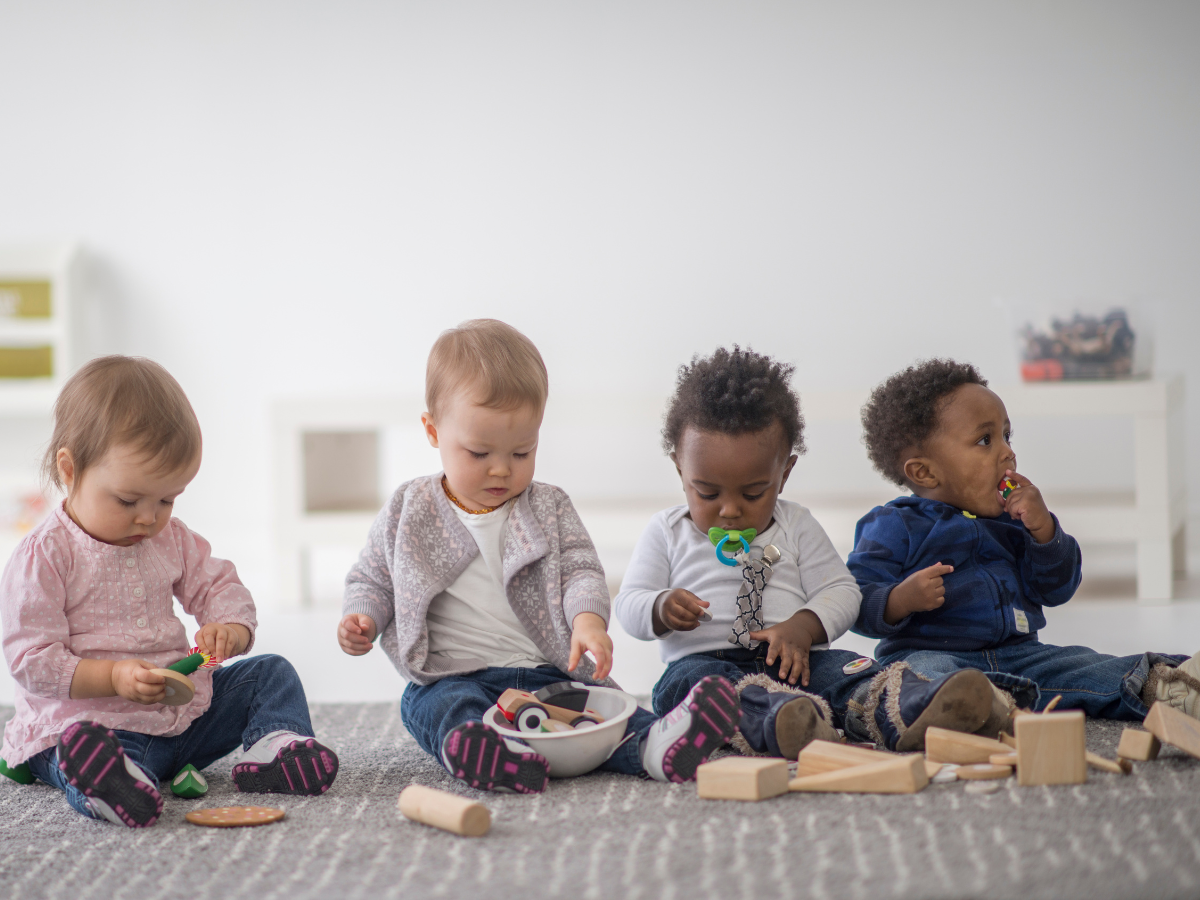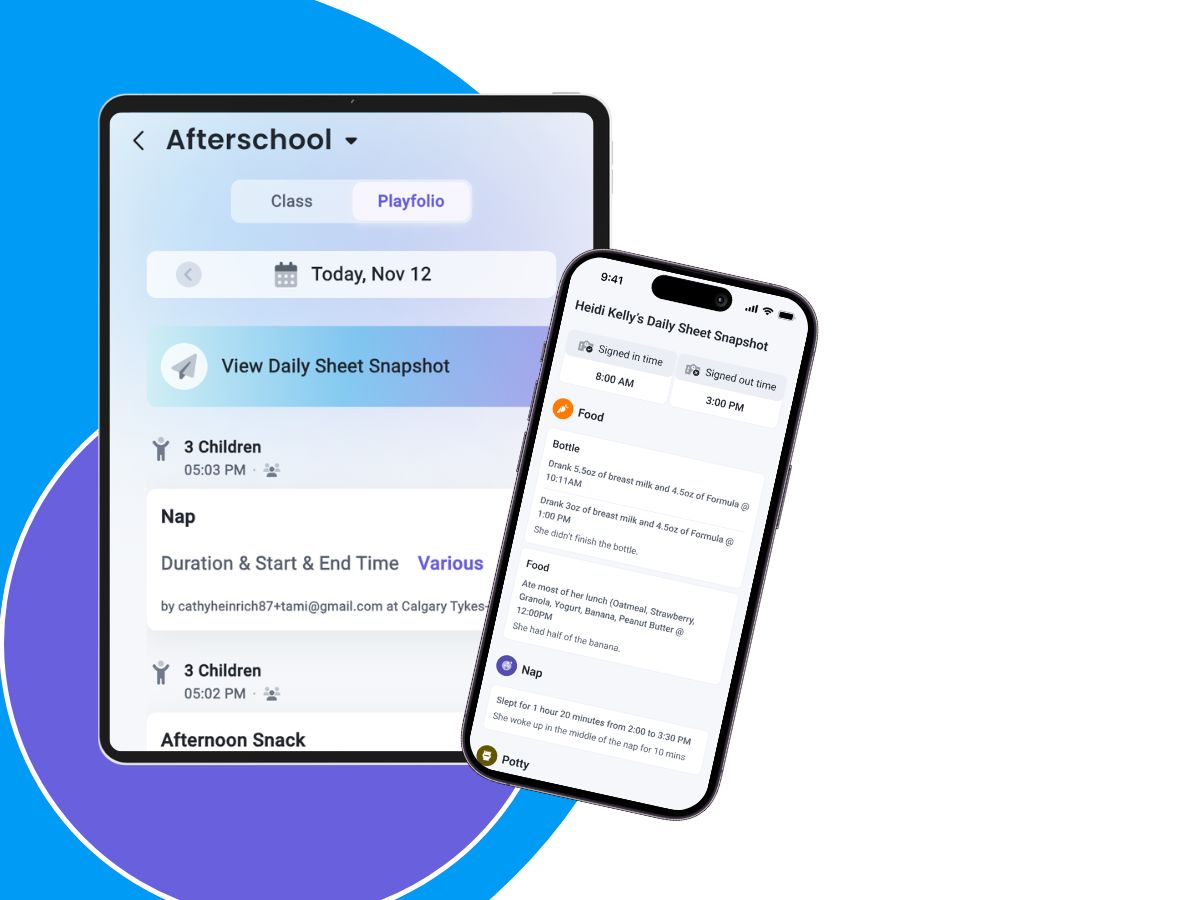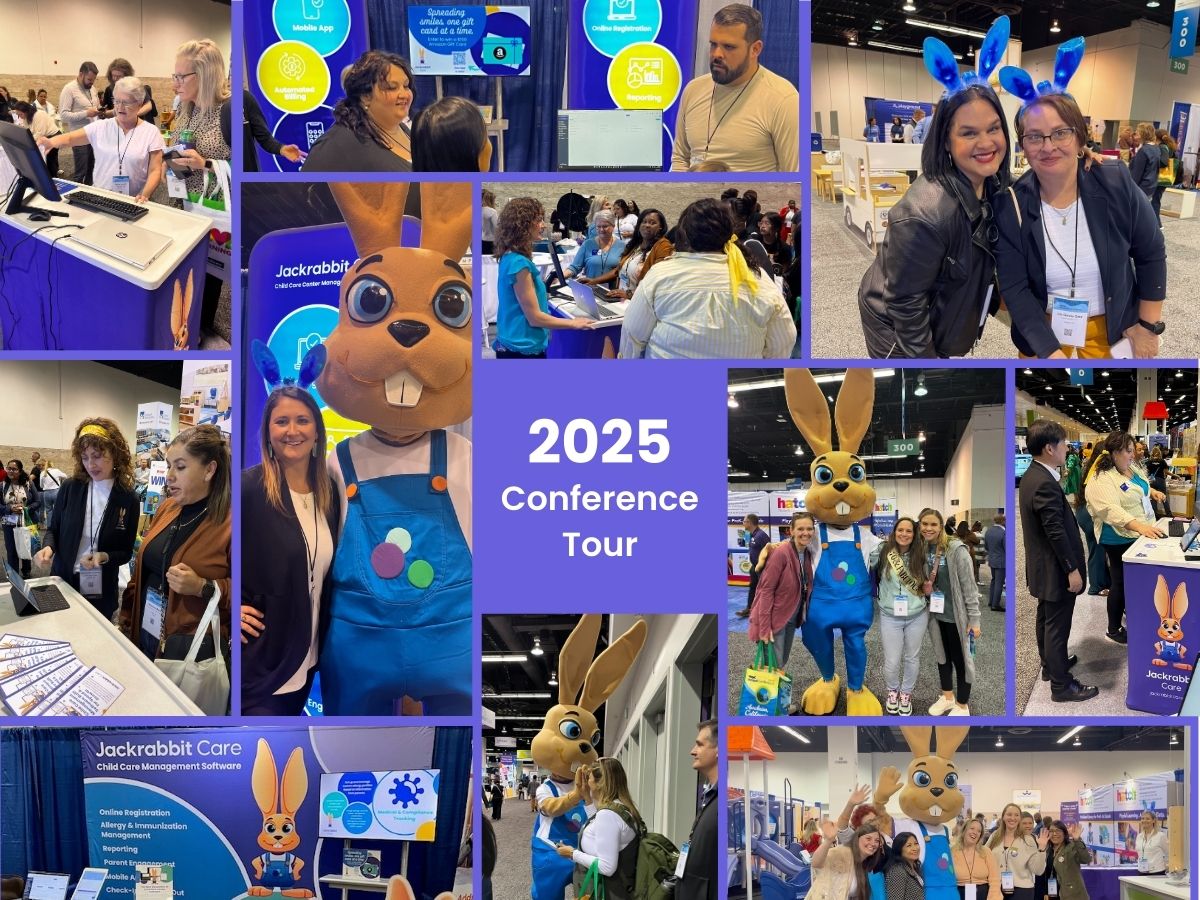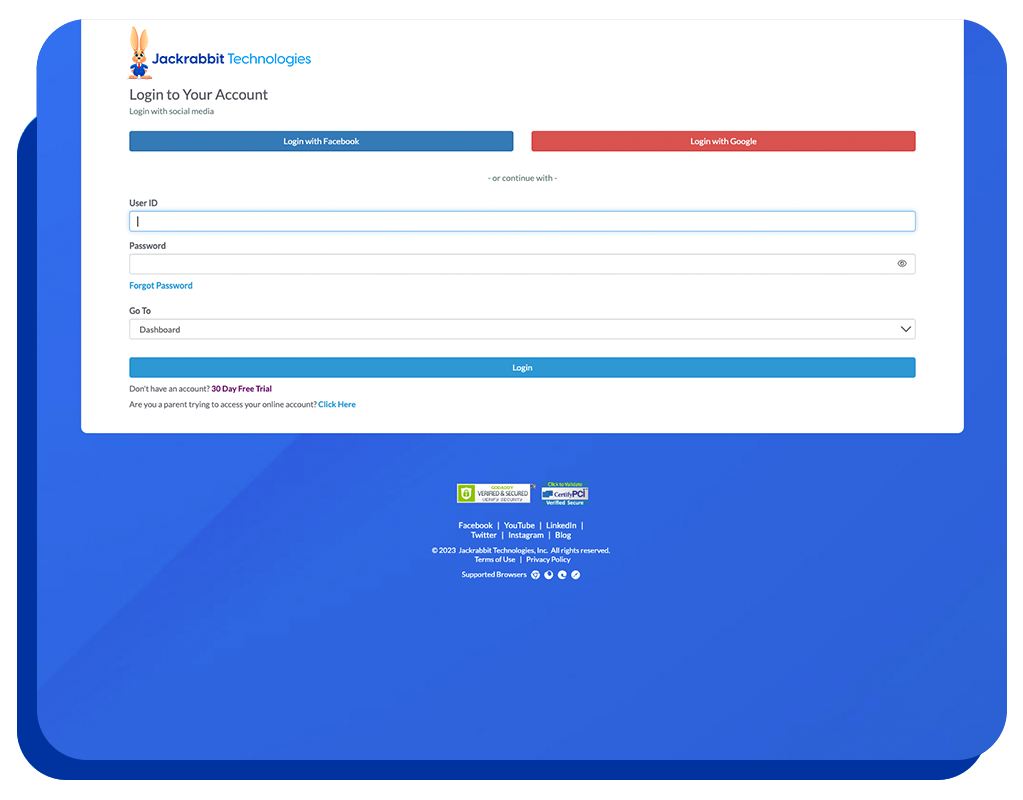Before adding parents to the equation, let’s look at what being “engaged” actually is?
If you Google the word, you find many meanings for “engaged” that can be applied to specific situations.
If you’re engaged, you can be:
- Involved in activity.
- Pledged to be married.
- Greatly interested.
- Involved (especially in a hostile encounter).
- Partly embedded in a wall.
- In gear.
I think several of these definitions fit the type of “engaged” we’re discussing.
Parents and care givers should be “greatly interested,” “involved in activity” and especially “in gear.”
I like “in gear” because it says a little more to me than simply interested and involved in activity. Interested requires no participation. Involved in activity doesn’t indicate that the activity is one that is beneficial or fruitful for the situation. But in gear indicates that things are working well together. You know how a gear can slip if the two parts aren’t in sync or good fits for each other. So being in gear means that parents and care givers are an engaged well-oiled machine.
With that definition in mind, let’s consider a few things.
We know that there are amazing results when families are given the opportunity to understand program goals, philosophy and expectations, to feel safe expressing their feelings – even when they are upset/angry – and to be comfortable asking questions that are important to them. When these factors unite families share in decision-making with care givers and become members of a true partnership that is beneficial to all.
Everyone learns to share power.
In this relationship, care givers and families agree that parents have the power to:
- Be upset.
- Question why.
- Be part of the decision-making process.
- Clearly see your child’s experience.
Engagement requires communication.
This should be an ongoing thing so parents learn a lot about child development and curriculum and your center learns about what parents feel is important for their child to grow up to be the kind of person they expect them to be.
There are countless theories about the best ways to make this happen but three things seem to rise to the top in defining what you need to do to have authentic engagement with parents.
- Making it meaningful.
And to make it meaningful you must add value, relevance, accuracy, clarity and organization.
Sometime you hear that it’s all about the content. In this instance, that is entirely true. Parents want to get useful, accurate and easy to digest information that fits into the way they live their lives. They don’t want redundancy or cliché. If you’re struggling with what they want to know. It’s easy. Ask them.
- Make them feel welcome.
This doesn’t mean just shaking their hands at an open house and hanging a “Welcome” banner across your door. There are many “parts” to making parents and students feel welcome and they are work together to do more than welcome but begin to establish a level of comfort and trust.
Of course, you will offer warm greetings. But you will also want to:
- Have a clean, well-organized room.
- Decorate the walls.
- Have cubbies, labels, class lists, and name tags ready.
- Create a “new year” bulletin board.
- Display photos of the children and their families.
- Learn families’ names before the first day.
- Set up learning centers and tables with a few engaging toys and materials.
- Create a welcome area.
- Identify volunteer family ambassadors.
- Follow each child’s individual “pace” for feeling comfortable.
- Make them feel like they belong.
This sounds similar but is very different than feeling welcome. If you “belong,” you feel accepted and liked by other people. A sense of belonging can help protect children against mental health problems and improve their learning. Children who feel that they belong are happier, more relaxed and have fewer behavioral problems than those who don’t. They are also more motivated and more successful learners.
This is obviously what you want your families to experience, so help them develop a sense of belonging by:
- Making the surroundings welcoming for all children and families.
- Encouraging staff to get to know all the children and their families.
- Encouraging children to bring in items, photos or stories from home to share.
- Making sure that policies on safety, wellbeing and behavior are a collaborative effort with families and are clearly communicated.
- Having a wide range of activities that families can be involved in to help them connect with you and each other.
- Focus on the child’s and the family’s strengths.
There are some challenges for you.
You may be frustrated by the Godzilla Mom or struggle with responding to anger. You may worry about how successful you’ve been at being engaged with non-traditional families and those with different cultural and language backgrounds. But really, is the way you add value, provide a comfort zone and a sense of belonging for these any different than your typical or more traditional families? Not really.
Think back now to your center and your families being in gear. You and your staff are obviously excited about your families if you’ve paved the way for them to get value, feel comfortable and be a part of your center. In doing these things you’ve made sure that everything fits together with the precision of gears. How can parents resist the chance to be engaged?















